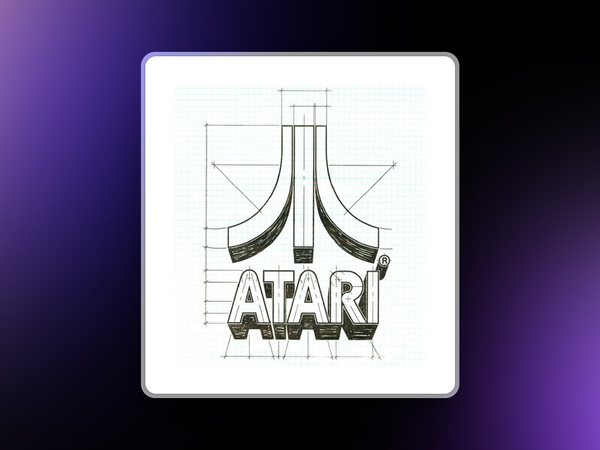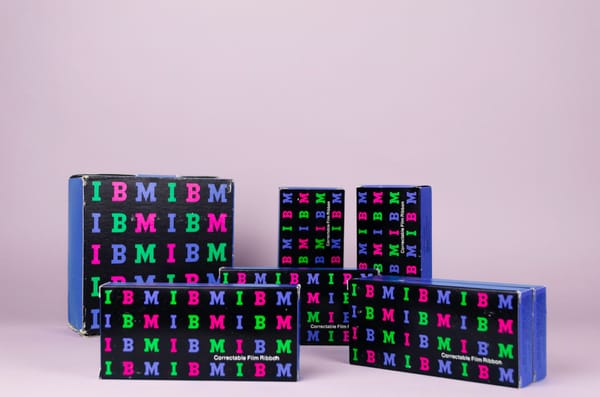The Sony Lissa: A Landmark in Hi-Fi Industrial Design
Remembering the Sony Lissa as part of Sony's design legacy
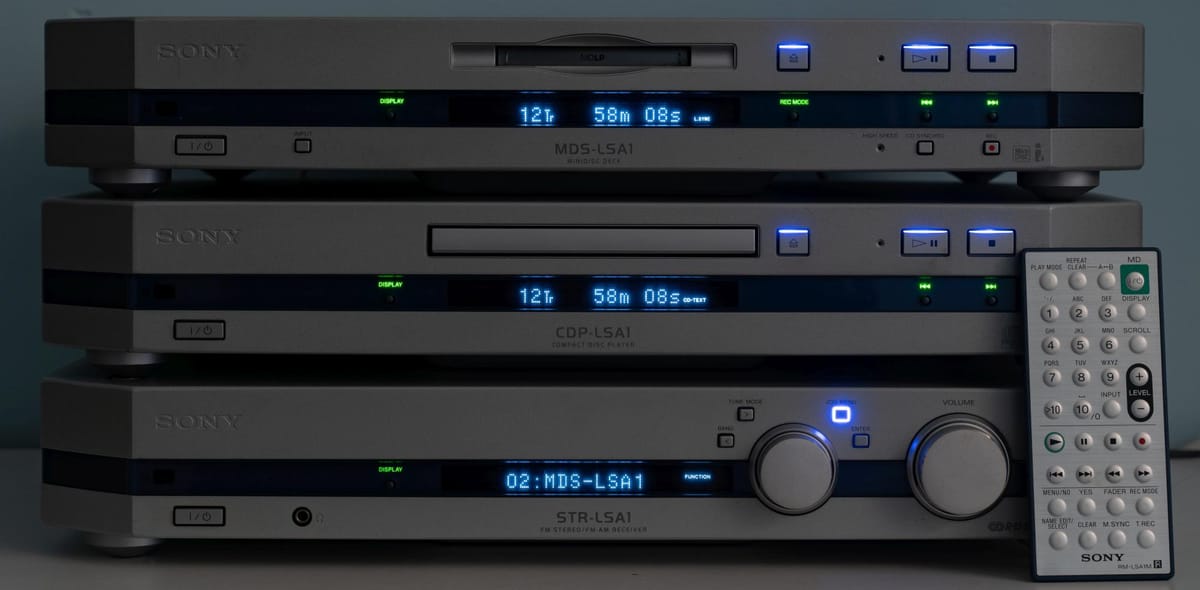
In the heyday of physical media and premium hi-fi components, Sony was the undisputed king of industrial design. Their bold, avant-garde electronics captured the imagination of audiophiles looking for gear that looked as cutting-edge as it sounded.
Compared to other manufacturers like JVC, Panasonic and Aiwa, Sony was lightyears ahead.
In the 90s and early 2000s, Sony simply wasn't afraid to take a bit of a gamble on the quirkier side of design. And few pieces exemplify Sony's quirky design prowess quite like the Lissa system.
Released in the early 2000s, the Lissa combined a MiniDisc deck, CD player, amplifier and radio into one unit that could be connected to a PC via a FireWire connection.
It was peak Sony weird. Experimental, but also stunning.
Even though technology has undoubtedly moved on, the Lissa maintains a robust, utilitarian design that suggests it would still operate flawlessly if you powered it on today.
A Toyota Land Cruiser of sorts, if that Land Cruiser looked like a 1978 DOME AERO.
The chunky rectangular chassis is quintessential Sony, a Bauhaus-inspired minimalism formed from thick slabs of premium plastics. From a distance, it might as well be machined brushed metal.
Simple angled corners and sloping top surfaces create an elegant, almost monolithic presence. While the front face is adorned with buttons (shock horror) and displays for each component, Sony's deft design hand transforms it into an attractive unified control deck.
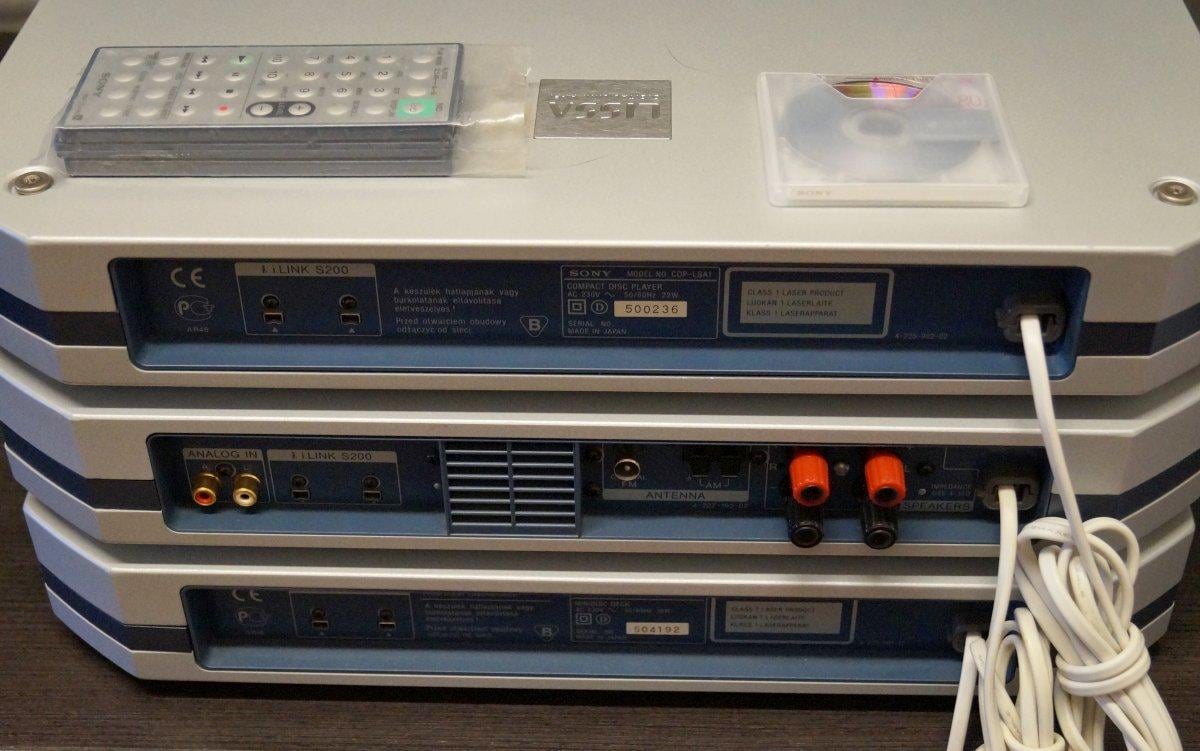
Signature Sony design flourishes abound as well.
The "MDLP" logo is subtly etched into the faceplate and is pure millennial-era badging. And you can't miss those iconic Sony logos embossed across multiple surfaces, hammering home the premium brand identity.
While the unit in its entirety might not look minimalist compared to, say, the inside of a Tesla 3, it was minimalist by early 2000s standards while still retaining all the joy that lovely, clicky tactile buttons bring.
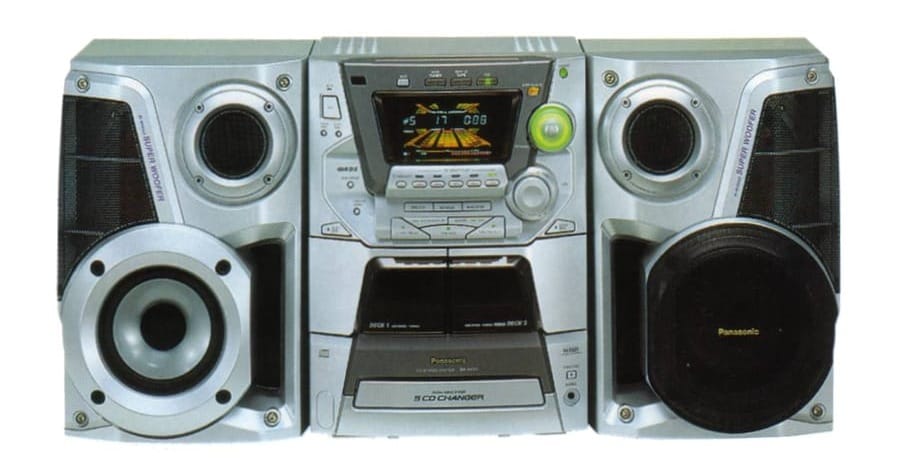
Beyond the main chassis, smaller details exude that trademark Sony design DNA. The credit card-style wireless remote control is pure minimalist chic, though arguably a bit of a usability nightmare.
For industrial design buffs, the Lissa is an interesting snapshot of Sony's innovative design language at the turn of the millennium. Their blend of austere minimalism and ergonomic user-friendliness would set the blueprint for generations of premium audio gear.
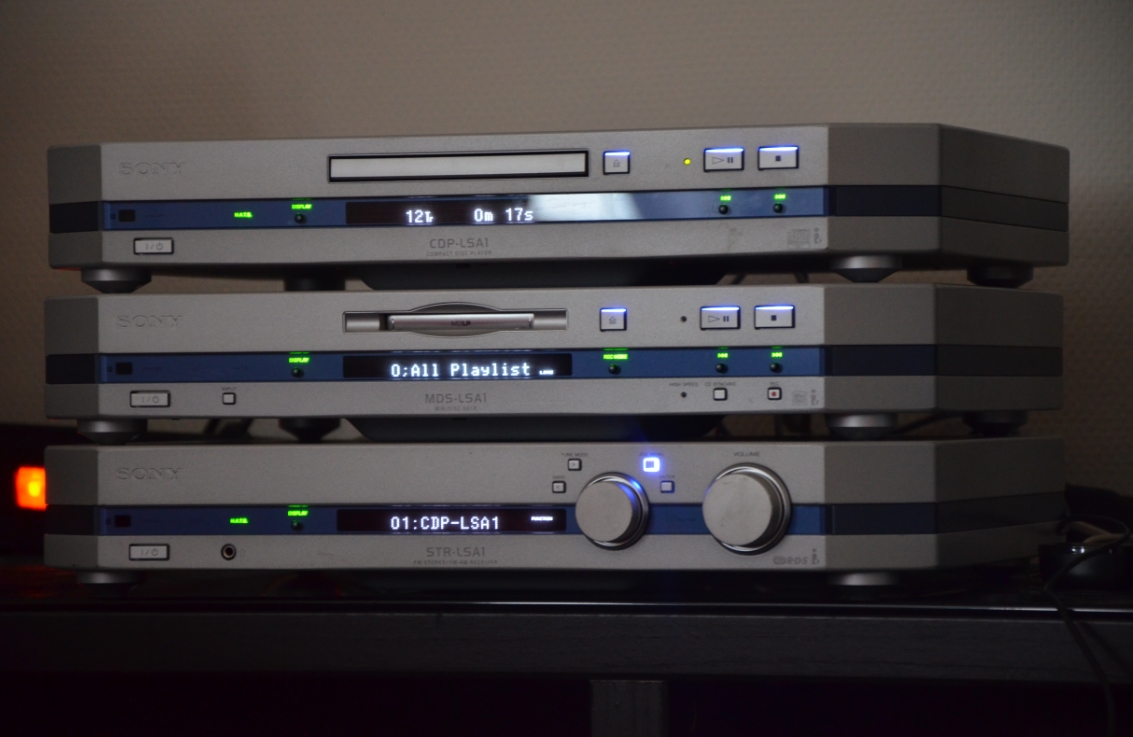
Even as a niche, underappreciated product, the Lissa showcased Sony's talent for turning mundane electronics into covetable design objects.
So while the proprietary tech inside is arguably a relic, the Lissa's exterior remains an iconic example of why Sony ruled the hi-fi world with their visionary blend of form and function.
For vintage design enthusiasts, it's a piece of plastic artistry worth preserving.


